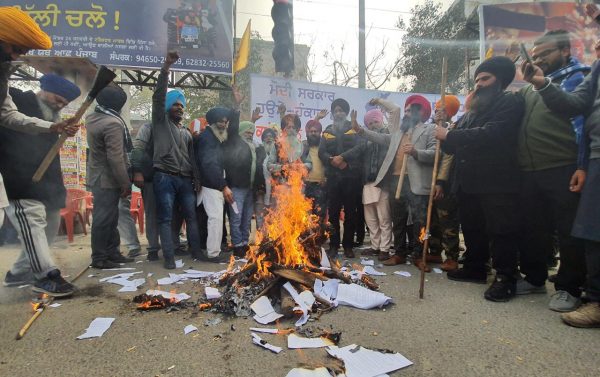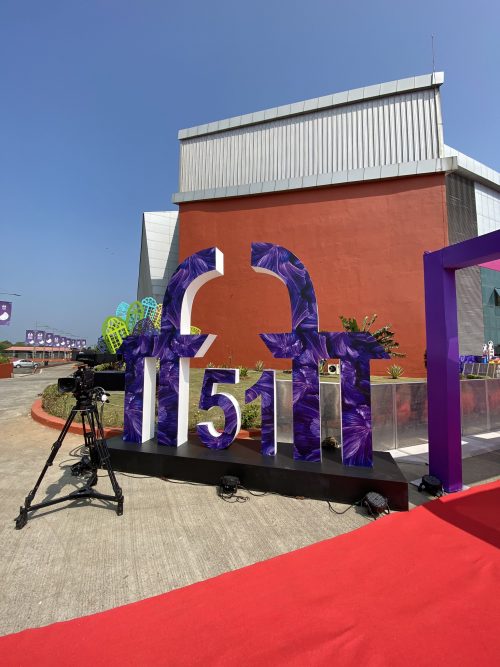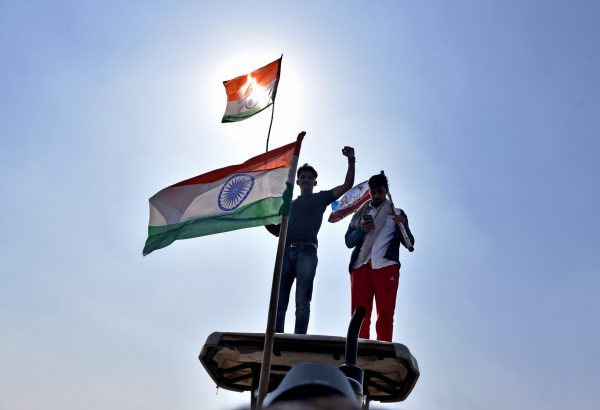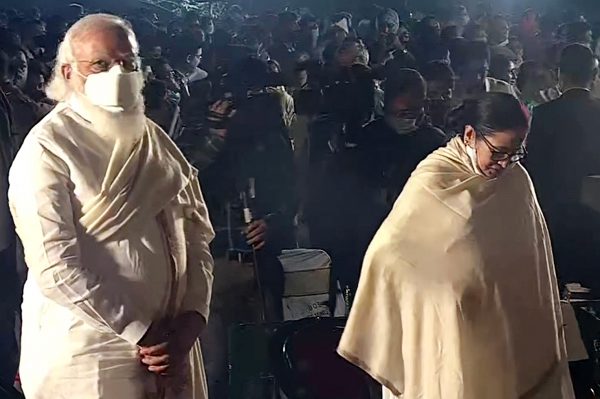
Sujan R. Chinoy
Following the abrogation of Article 370 and reorganisation of the State of Jammu & Kashmir in August 2019, China strongly criticised the Indian Home Minister’s statement in Parliament, in which he had reiterated India’s long-standing position that the state of Jammu & Kashmir includes Pakistan Occupied Kashmir (POK) as well as Aksai Chin.
The fact of the matter is that the map of India has always included these territories as part of Jammu & Kashmir, along with POK, including the trans-Karakoram tract of Shaksgam which was illegally ceded by Pakistan to China.
China has become increasingly assertive in backing Pakistan’s moves to agitate the issue at the international level. It has tried to trigger discussions in the United Nations Security Council (UNSC) on four occasions since then. Simultaneously, it has continued to designate the issue as a bilateral legacy dispute between India and Pakistan. It has called upon “both India and Pakistan to peaacefully resolve the relevant disputes through dialogue and consultation and safeguard peace and stability in the region”. Despite being a party to the territorial dispute in Kashmir, China has endeavoured to play down the fact.
China’s role as an interested party and its status as a disputant in the territorial issue of Jammu & Kashmir has been obfuscated because the international narrative has been limited to the bilateral dispute between India and Pakistan. Even in Kashmir, the Chinese subterfuge has largely gone unnoticed, under-reported and under-analysed. Following China’s interference in India’s internal affairs, some Kashmiri leaders have even welcomed China’s growing interest in the Kashmir issue. Former Chief Minister of Jammu & Kashmir Farooq Abdullah has made an outrageous statement that Kashmiris would much rather be under Chinese rule!
In order to understand the Chinese game-plan and its opportunistic involvement in the Kashmir issue, one must revisit history to assess the full extent of China’s insidious role as an illegal occupier of Kashmir’s territory. There is a need to widely disseminate the facts about Chinese territorial grab in the trans-Karakoram tract in order to raise public awareness of the issue, both in India and at the international level. Above all, Kashmiris, including those in POK, should be made aware of the manner in which China has usurped Kashmir’s territory. This special feature provides a historical account of Chinese perfidy and unscrupulous manoeuvres since the colonial days, aimed at surreptitiously acquiring land that rightfully belonged to the erstwhile princely state of Jammu & Kashmir, and, following its accession on October 26, 1947, is a part of India.
It is a historical fact that the dispute in Kashmir goes beyond the territory that is still under the illegal occupation of Pakistan, and includes both the territory measuring 5,180 square kilometres (sq kms) in the Shaksgam Valley in the trans-Karakoram tract ceded by Pakistan to China under their so-called border agreement of March 02, 1963, as well as approximately 38,000 sq kms of the territory of the erstwhile state of Jammu & Kashmir in Aksai Chin illegally occupied by China.
China’s actions in occupying Aksai Chin, and subsequently, in usurping the Shaksgam tract in 1963, did have a direct bearing on the territory of Jammu & Kashmir. Given that China had become a party to the territorial dispute in Jammu & Kashmir, it was naturally inclined towards settlement of the issue in favour of Pakistan, in order to preserve its territorial gains from the 1963 agreement.
Unfortunately, China’s entanglement in the Kashmir issue has not received adequate attention of the strategic analysts and commentators, both in India and externally. China has had a free run so far and feels comfortable raising the issue precisely because its own status as an occupier of territory in Jammu & Kashmir has not been adequately publicised.
That China is an interested party to the dispute and has played an opportunistic historical role in adding to the complexity of the issue is a fact which should be brought to light in scholarly writings as well as in statements at the UN or any other international fora whenever the occasion presents itself in response to Pakistan raking up the issue of Jammu & Kashmir, singly or in tandem with China. This would be consistent with India’s position on Jammu & Kashmir in terms of its cartographic depictions as well as statements and resolutions in the Parliament over the years.
Amb. Sujan R. Chinoy is Director General, Manohar Parrikar Institute for Defence Studies and Analyses, New Delhi
Views expressed are of
the author and do not necessarily reflect the views of the Manohar Parrikar IDSA or of the Government of India.
This is the abridged version of the article which appeared first in the Comment section of the website (www.idsa.in) of Manohar Parrikar Institute for Defense Studies and Analyses, New Delhi on November 20, 2020


























